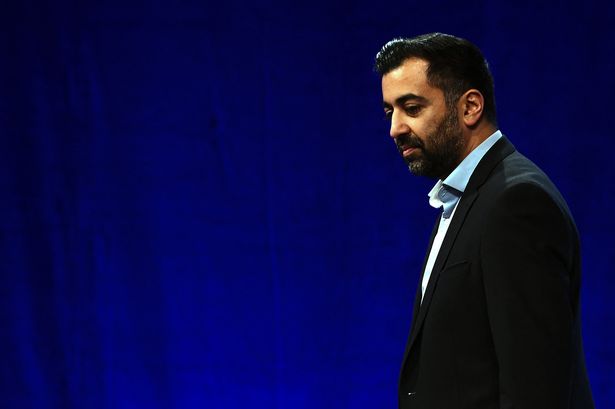London (Parliament Politic Magazine) – The choice to maintain the current council tax rates throughout Scotland in the coming year might have initially garnered support at the SNP conference. However, as time has passed, the wisdom of this decision is being called into question. While the proposal is likely to proceed, it is anticipated to have adverse repercussions on other budgetary allocations, particularly affecting public services, relationships with local authorities, and Scottish Green ministers. Additionally, the policymaking process leading up to this announcement may have strained the working relationships between Humza Yousaf and other senior SNP ministers.
£500 million to Support Green Energy Supply Chain
The first minister exhibited a generous disposition in his conference speech in Aberdeen. This extravagant commitment was made alongside pledges of £300 million to alleviate hospital waiting lists and £500 million to support Scotland’s green energy supply chain. While these goals may appear commendable, there is a conspicuous absence of a clear funding source.
They either necessitate reallocating funds from existing budgets or rely on preexisting financial resources. Moreover, concerning the council tax promise, it means that revenue that would have otherwise filled local government coffers to support public services will no longer be available.
The finance secretary, Shona Robison, suggests that councils will have the opportunity to recover the lost revenue from the potential council tax increase that they could have implemented next April. How? Through negotiations, she explains.
However, local councils have grown accustomed to being the segment of Holyrood’s budget that faces the most significant financial pressure. Recent history indicates that the outcome of these “negotiations” is likely to result in further fiscal constraints.
More or Less
The flexibility initially promised to local authorities appears to have been rescinded in the first minister’s announcement. Ms. Robison now clarifies that her previous statement about flexibility pertained to the ability to adjust bills for second and empty homes.
However, when facing scrutiny regarding the decision-making process, she seemed more focused on challenging her political opponents about their stance on the council tax freeze, questioning whether they support or oppose it.
Fresh analysis from the Fraser of Allander Institute indicates that, by supporting this move, they will be endorsing a policy that effectively provides a tax reduction to those who are already the wealthiest. This policy primarily benefits homeowners residing in the most valuable properties, where the top council tax bands result in the highest bills.
When your council tax bill remains frozen instead of potentially increasing by, let’s say, 5%, it’s evident that the Scottish government and local councils are forgoing a more substantial amount of revenue on the largest bills compared to the smaller ones.
The most financially vulnerable households, often reliant on benefits, either do not pay council tax or contribute very minimally. Economists from Strathclyde highlight that among the top 10% of highest-income households, all 100% of them will reap the rewards of the council tax freeze.
Read More: Labor Secures Victory in Two Consecutive UK Parliamentary Elections
Uncomplaining
This perspective sheds light on two significant issues. Firstly, the evaluation of more or less valuable homes is based on a valuation that is now 32 years old. This valuation dates back to the introduction of the council tax, which was implemented as a quick fix to address the public uproar over the notorious poll tax, also known as the ‘community charge.’
Regrettably, no government has been willing to undertake a comprehensive revaluation since then. While a revaluation would likely result in some homes moving up one or even two tax bands, leading to higher bills for those homeowners, it would also place certain properties into lower bands. This means that individuals living in these homes are currently overpaying, but due to the outdated valuation, they may not even be aware of it, which in turn keeps them from raising concerns.
If we assume that a revaluation of properties would aim to generate the same overall revenue, and the only adjustment made is the redistribution of the tax burden among homes, then it’s plausible that the number of losers from the revaluation would be roughly equivalent to the number of gainers. In this scenario, for every additional pound levied on one property, an equivalent amount would be reduced from another, ensuring that the overall revenue remains constant.


